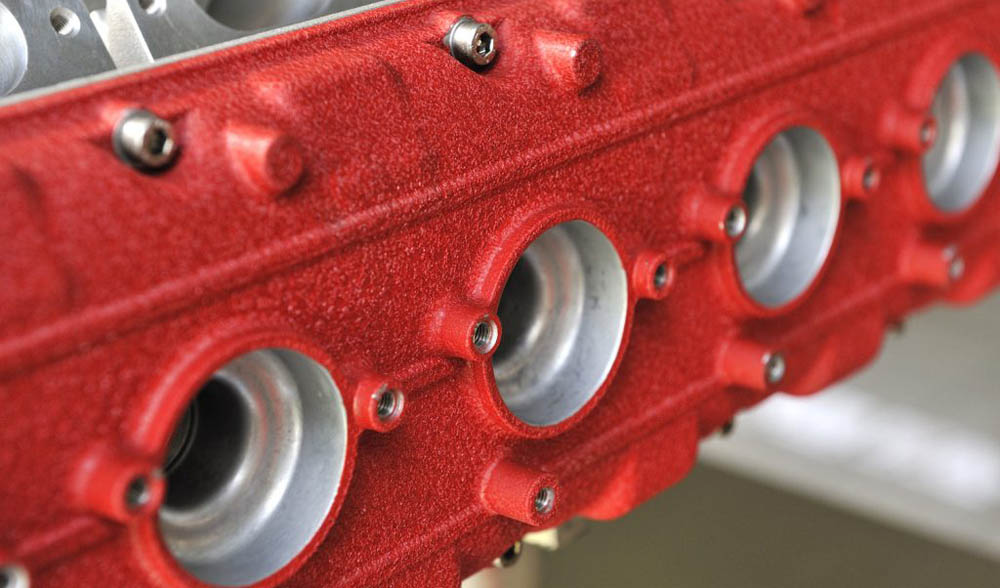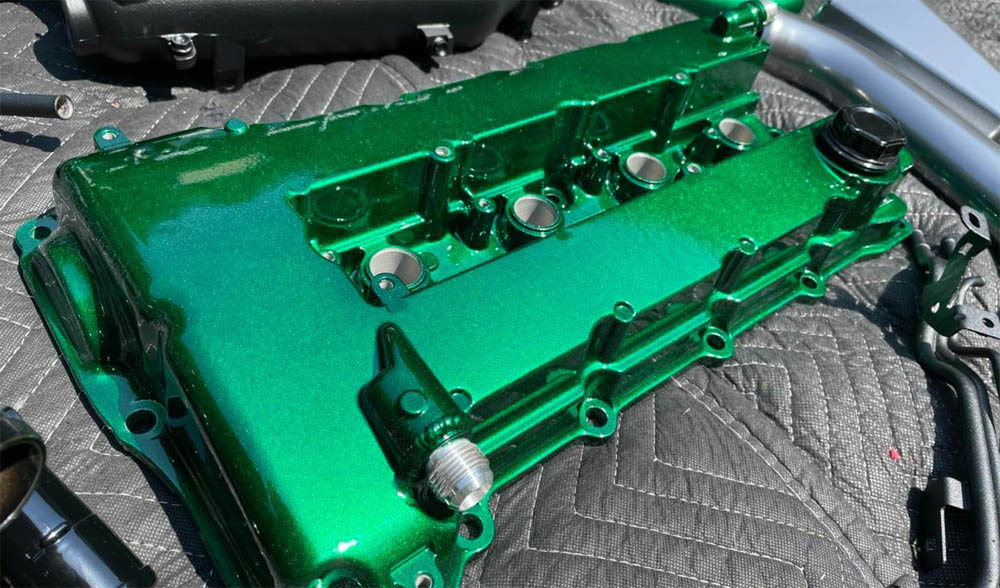Powder coating intricate workpieces may present challenges. Here are essential guidelines to ensure successful completion on the first attempt and every subsequent one! Products with unconventional shapes can impede the electrostatic application of powder in specific areas like curves, recesses, and Faraday areas, constituting one of the most frequent challenges encountered by powder coaters.

- Verify that the workpieces are adequately grounded with a secure connection.
- Maintain a crucial distance of 8-12 inches from the gun tip to the part for effective and uniform coverage.
- Powder flow is crucial! Insufficient powder flow from the gun makes it challenging to coat intricate areas. Ensure proper air dispersion of powder—a gentle and lingering cloud. If adjustments are necessary, modify the flow and increase the powder exiting the gun.
- Making adjustments to the amperage and voltage:
- Maintain your powder machine voltage within standard ranges to ensure the powder is adequately charged and attracted to the target.
- Decrease the amperage. Lowering the amperage to 20 micro amps or below concentrates the charging within the center of the powder cloud.
- Begin by coating the corners and crevices of geometric workpieces, reserving the straightforward surfaces for subsequent passes.
- Restore the amperage to standard settings after applying powder to intricate areas.
- Apply powder coatings uniformly across the entire surface of the part in smooth, machine-like passes, ensuring even coverage and including previously coated areas. The applied powder coating serves as insulation, aiding in the regulation of excessive film build.
- “Quick Tip”: Occasionally, preheating the part can accelerate the adherence of the powder to the substrate. While this enhances the overall film build and promotes better adhesion to internal corners, caution is advised. Excessive heat can attract powder excessively, potentially resulting in a coating that is too thick.

Inadequate Infiltration into Recessed Areas
As mentioned earlier, a common difficulty in powder coating geometric workpieces is attaining a sufficient coating thickness in the corners. Inadequate penetration procedures lead to limited depth, resulting in noticeable variations in film thickness.
| Possible Causes | Corrective Solutions |
| Too high feed supplemental or tribo air | Adjust to reduced pressure |
| Too high air speed | Adjust the controls of the equipment |
| Too high powder flow | Adapt the equipment controls to match the part |
| Insufficient powder flow | Adjust/optimize equipment parameters |
| Inappropriate application and unsuitable nozzle | Utilize a flat spray nozzle or deflector and make necessary adjustments to the nozzle |
| Inadequate powder charging or a malfunctioning gun | Modify voltage (raise and test) or get in touch with the equipment manufacturer |
| Too high voltage | Adjust to a reduce voltage |
| Faraday cage effect induced by electric field | Use tribo equipment and powder and reduce voltage |
| Insufficient grounding | Utilize clean hooks and assess transfer resistance |
| Too wide powder spray | Utilize an alternative gun nozzle or deflector |
| Unsuitable particle size distribution | Enhance through testing or reach out to the powder manufacturer |
| Too big or too small distance from gun to part | Increase or decrease distance |
Contact China-Static
Explore additional insights into powder coating application issues and find effective solutions by visiting China-Static or Reaching Out to Us.





